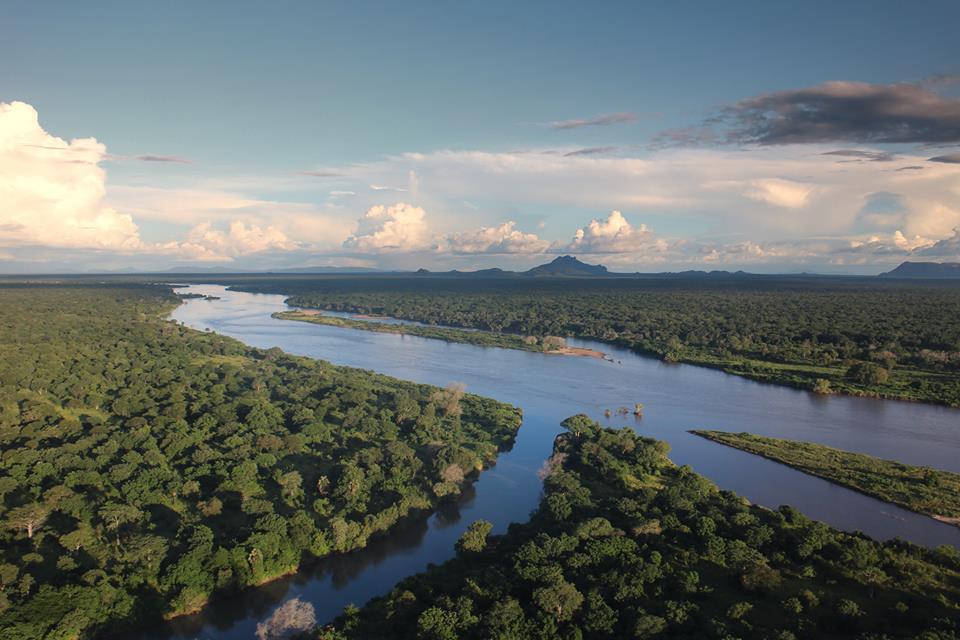Conservation Approach
WCS's vision for Niassa Special Reserve is an ecologically sound and financially secure wilderness landscape co-managed by government and partners in diverse and cohesive blocks in cooperation with residents, providing a primary refuge for Africa’s megafauna and Mozambique’s rich biodiversity, and contributing to the sustainable development of Mozambique. The goal that we are working towards in order to achieve our vision for NSR is to secure the whole landscape by diversifying the land management categories within NNR and to co-manage these areas with appropriate partners, whilst reconciling the conservation of NSR within Mozambique’s sustainable development framework.
In order to focus conservation efforts, WCS, ANAC and the Provincial governments have initiated an ongoing landscape planning process that aims to reconcile biodiversity conservation and human development needs across the broader landscape. This includes implementing an improved zoning system for NSR that can better protect biodiversity and ecosystem processes, whilst also identifying poles for human development and reducing human-wildlife conflict. The landscape plan is built into the provincial development plans, and is coordinated with district planning. It provides the mechanism for coordinated action by Reserve management, local government agencies, the private sestor operators in and around NNR, and local civil society. Within NSR the landscape plan is implemented through the Reserve General Management Plan.

The focus for biodiversity protection within NSR is based on agreed conservation targets, followed by identified key threats, and drivers of these threats. Management actions are then based on mitigating these threats and improving the status of the conservation targets. This planning has involved numerous stakeholders (including private sector, local and national government, and civil society), and has identified the following conservation targets:
• Miombo woodlands – including dambos, and Miombo-associated wildlife;
• Montane forests – typically on inselbergs, and with associated wildlife;
• River systems – including the riparian strip, associated aquatic and wildlife species;
• Elephants – which have threats beyond those accruing to their habitats; and
• Large carnivores – which have threats beyond those accruing to their habitats.
Broadly, the key threats to these targets include:
• Illegal offtake/extraction of high-value resources for commercial gain – e.g. ivory poaching, illegal timber extraction, artisanal mining, commercial bushmeat extraction, poisoning for lion bones etc. These are immediate and are having an increasingly significant impact in NNR.
• Land-use change and land-clearing – for agriculture, peri-urban expansion, fuel-wood and building-wood, etc.
• Extraction of natural resources for subsistence use – e.g. subsistence bushmeat use, fishing, non-timber forest product harvest, etc.
• Human-wildlife conflict, which has led to retaliatory killing, and negative attitudes to wildlife and to the reserve itself.
• Human-wildlife-livestock disease issues – e.g. rabies, sleeping sickness, etc. .